The Eternal Allure Of The Saab 900 Turbo Convertible
There are cars that simply age, and then there are those that mature. The Saab 900 Turbo Convertible firmly belongs to the latter category — a machine that transcended the passing decades not merely through nostalgia, but through timeless Scandinavian engineering and design philosophy. When it first appeared in the mid-1980s, many doubted whether a convertible born in Sweden — a country better known for snow than sunshine – could ever succeed. Saab proved them wrong.
Nearly forty years later, that paradox has become its magic. The 900 Turbo Convertible embodies Nordic ingenuity fused with an emotional human touch, a machine built as much for endurance as for expression. Its angular lines, wraparound windshield, and impossibly solid build transformed the notion of an open-top car. Today, it stands as a symbol of defiance against planned obsolescence, aging with the same dignity as fine architecture — and occasionally, with a little help from those who refuse to let history fade.
A Collector With Vision: Ward Schoonbrood And His Love For The Saab 900
Behind every remarkable Saab story, there’s usually an enthusiast whose passion refuses to fade. In this case, that person is Ward Schoonbrood – a Dutch gallerist and lifelong admirer of Swedish automotive design. Ward is not only the proud owner of the Saab 900 Turbo S Convertible featured in the Vermijl Car Detail video, but also one of the most active figures in Europe’s modern Saab preservation movement.
As we reported earlier on SaabPlanet.com, Ward recently founded the new Saab 900 Club — a global community dedicated to keeping this iconic model alive through shared knowledge, meetups, and restoration stories. His dedication didn’t stop there: he also launched House of Swedish Cars, a beautifully curated digital gallery and platform celebrating classic Swedish automobiles, with the Saab 900 at its heart.
For Ward, the Saab 900 isn’t merely a car — it’s a piece of industrial art that connects eras, ideas, and people. His Convertible, restored and detailed with reverence, embodies his philosophy perfectly: that true design deserves not just admiration, but continuation.
A Belgian Restoration That Sparked Global Admiration
Enter the team from Vermijl Car Detail, a specialist Belgian workshop that decided to give a 30-year-old Saab 900 Turbo S Convertible the kind of meticulous care usually reserved for museum pieces. Their recent YouTube video, “30 Year Old Saab 900 Convertible – Wash, Polish & Coating”, quickly resonated with the Saab community worldwide.
What makes this project compelling isn’t only the shimmering paintwork or the reborn deep-blue canvas roof, but the attitude behind it. Vermijl’s process was not about cosmetic perfection – it was about preservation of soul. From the slow foam wash that revealed the car’s original contours to the two-step polish restoring depth to its once-faded paint, every movement carried reverence.
By the end, under the soft Belgian light, the 900 didn’t look new – it looked right. That’s an important distinction Saab owners understand intimately: perfection lies not in erasing time, but in honoring it.
When Saab’s Lines Were Still Pure And Purposeful
Before General Motors took full control of Saab in the early 1990s, the Trollhättan brand was fiercely independent – both in spirit and in design. The classic 900, particularly in its Turbo and Convertible variants, represented the last era of pure Saab DNA.
It was a car engineered backwards, some would say – starting from safety, then ergonomics, then aerodynamics, and only then design. The result was uniquely Saab: thick pillars, aircraft-inspired dashboards, and that forward-hinged hood that looked like nothing else on the road. Even the convertible conversion retained the brand’s legendary rigidity thanks to extensive underbody strengthening.
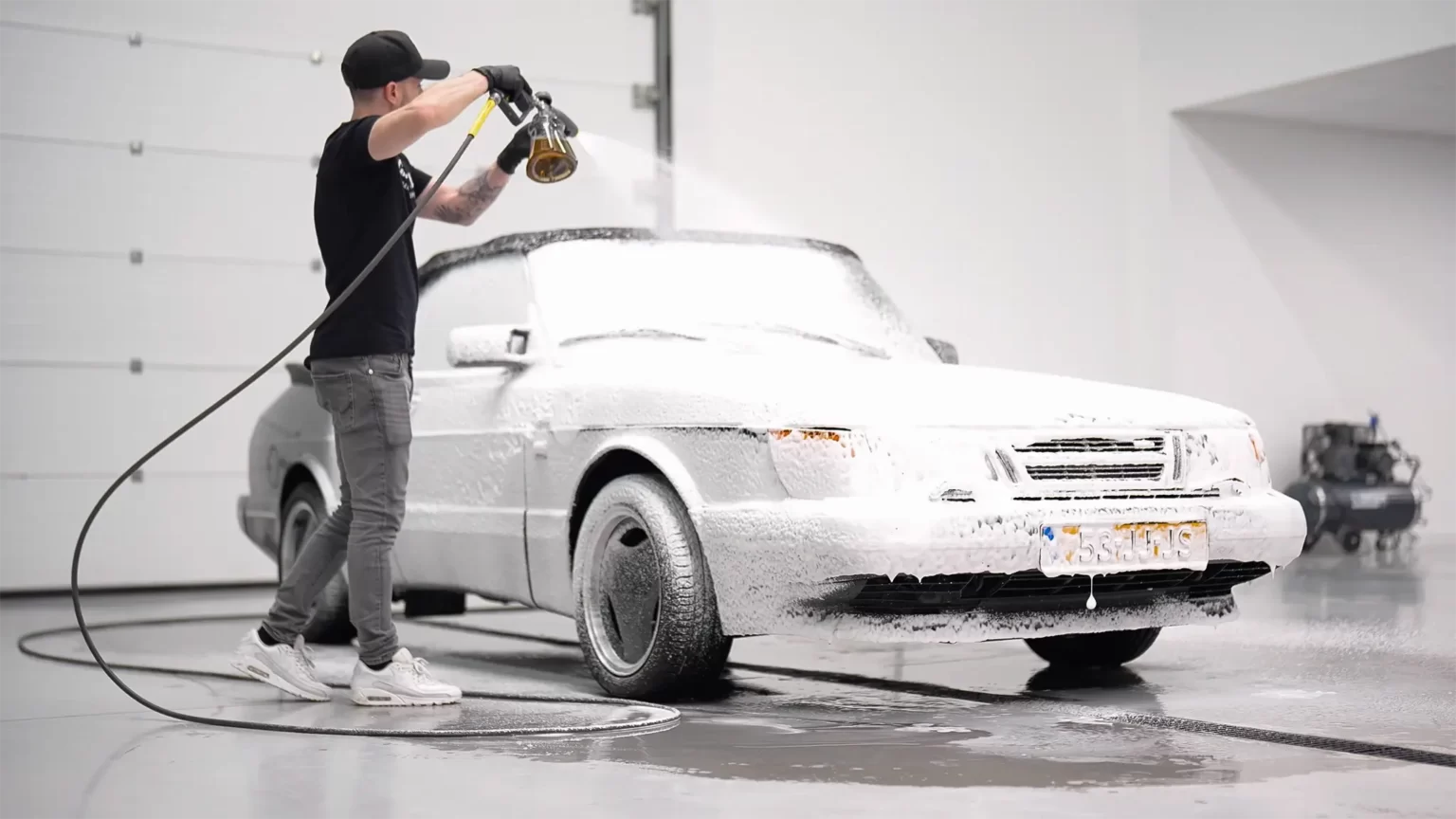
Driving one today is an act of connection – with a philosophy of thoughtful rebellion. You feel the steering’s mechanical honesty, the turbo’s progressive surge, and the sense that some engineers still believed cars should have character. It’s no wonder enthusiasts across the world, from Sweden to São Paulo, still search for these machines, willing to invest months and thousands of euros just to preserve that unmistakable Saab feel.
The Detail That Defines Devotion
Detailing, when done with passion, becomes storytelling. Vermijl’s work on this 900 Convertible was a symphony of patience — clay bar decontamination, rotary correction, ceramic coating, and finally, sealing the convertible roof for protection against the elements.
Each panel, each reflection, whispered of the car’s resilience. The Saab’s boxy yet aerodynamic profile — the “Teardrop” silhouette — caught the light in a way that reminded viewers why these cars remain objects of affection, not just collection. Watching the dirt wash away felt like seeing decades of misconception dissolve: Saab never built mere transportation — it built endurance on wheels.
As the Vermijl team polished away oxidation and time’s residue, they were, in a sense, polishing an idea: that true craftsmanship never dies; it simply waits to be rediscovered.
Why The Saab 900 Convertible Still Captivates Hearts
The fascination around the Saab 900 Turbo Convertible goes beyond nostalgia. It’s about individualism — the refusal to follow the mainstream automotive template. While other convertibles flaunted curves and chrome, the Saab remained proudly angular, deliberate, rational. Its design language was intellectual, not ornamental.
And yet, behind that rationality hid emotion. Lower the roof, and the scent of old leather and turbocharged torque blend into something irresistibly human. The dashboard, with its cockpit-style wraparound, doesn’t invite you to drive – it invites you to pilot. The turbo hiss isn’t noise; it’s the Saab’s whisper reminding you that even calm people have a wild side.
That’s why these cars have outlived the brand itself. Every surviving Saab 900 Convertible is a moving manifesto of the company’s identity: intelligent design with a rebellious streak.
Beyond Restoration: A Living Testament To Saab’s Legacy
What Vermijl Car Detail achieved with this project isn’t just a cosmetic triumph — it’s a cultural one. Their work mirrors the dedication of countless Saab owners who treat their vehicles not as disposable machines but as living stories. Across forums, clubs, and events, the sentiment remains the same: if it still drives, it still matters.
Saab may no longer produce new cars, but every restored 900 Turbo Convertible adds another verse to its enduring ballad. These restorations preserve more than paint — they preserve a way of thinking, a philosophy that once made Saab the underdog genius of the automotive world.
And when the Belgian team applied the final layer of ceramic coating, sealing years of history beneath a glossy sheen, they did more than protect metal — they reflected the faces of every enthusiast who still believes in the Saab spirit.
Time May Pass, But Saab Doesn’t Fade
Watching a 30-year-old Saab 900 Turbo Convertible regain its shine isn’t just visually satisfying — it’s emotionally grounding. It reminds us that resilience, craftsmanship, and purpose can outlast even corporate collapse.
For Ward Schoonbrood, the Dutch gallerist and founder of House of Swedish Cars, this transformation was far more than a cosmetic upgrade. Speaking with us, Ward shared how deeply moved he was by the results of the detailing process performed by Vermijl Car Detail. “They treated the car with the same respect Saab engineers once did in Trollhättan,” he said, describing the outcome as a tribute to the people who still believe in the brand’s values.
From the assembly lines of Trollhättan to the detailing studios of Belgium, Saab’s heart still beats quietly — in every swirl of polish and every turn of the key. Ward’s 900 Turbo Convertible stands today not only as a restored classic, but as a living continuation of the company’s spirit.
So when he closes that heavy driver’s door and hears the reassuring thud of quality, it’s not just a sound from the past. It’s the echo of a belief — that cars can be more than mobility; they can be memory, craftsmanship, and conviction, all shining again under a fresh layer of care.

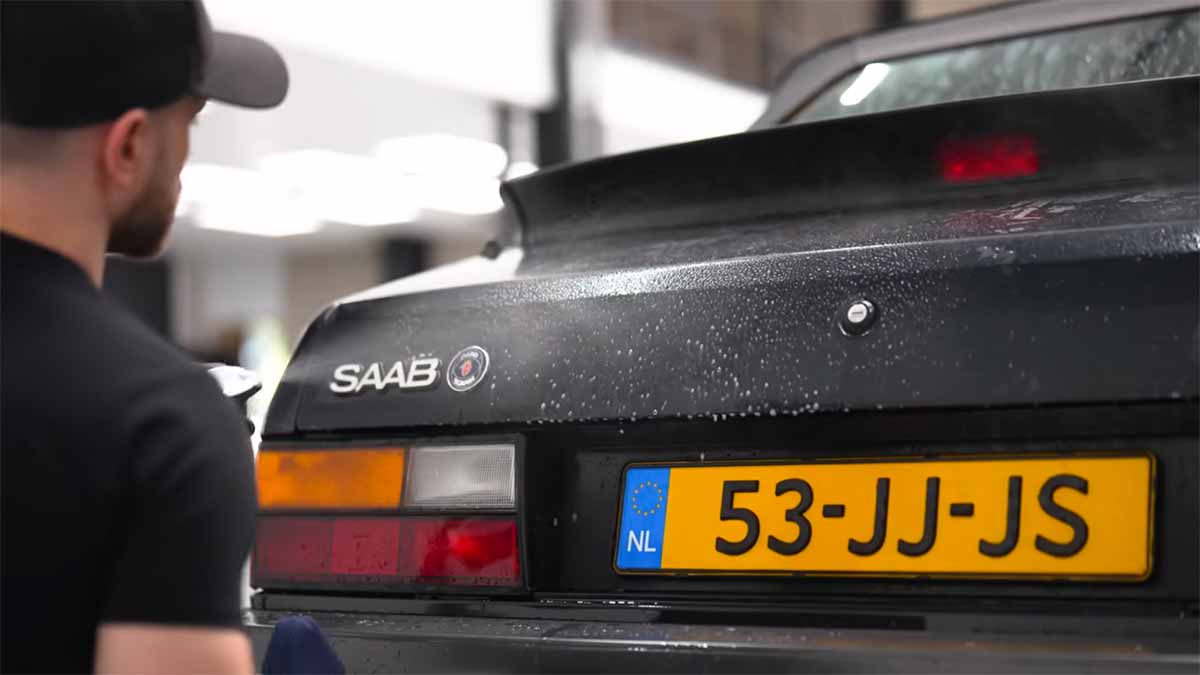
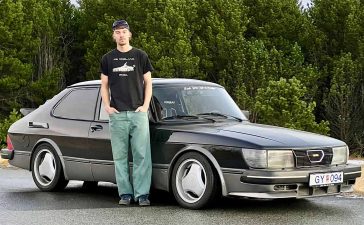

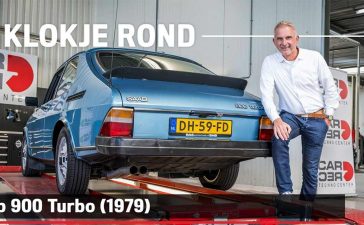
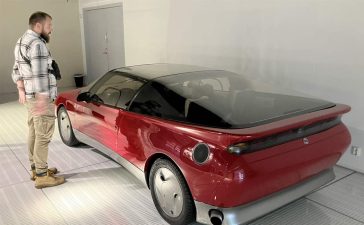
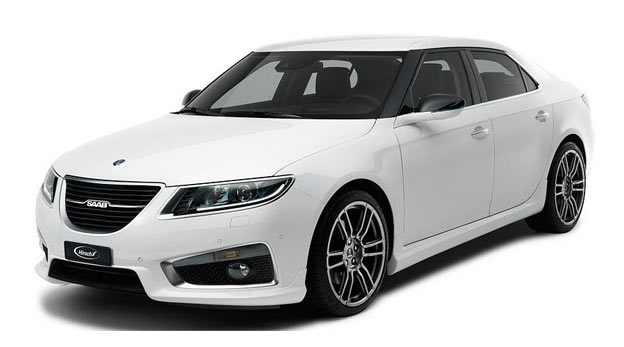


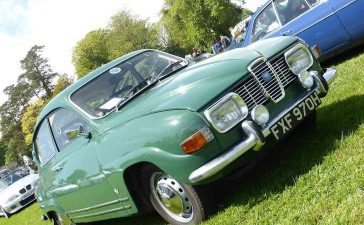

Oh dear! Same mistakes as always…. I had to remind dealers back in the day when they said about Swedish engineering when late 99s, 2 door 900s and convertibles outnumbered other variants in the showroom
That convertible might not ever have even been in Sweden, it was definitely not built in Sweden or THN. All 900 convertibles, and OG9-3 were built by Saab-Valmet in Sweden. NG9-3s up to 2010 were made by Magna in Austria before assembly moved to Sweden in 2010.
Honestly, I’d make a fortune proof reading articles for Saab Planet and ‘Driver’. I spend my time looking for mistakes,